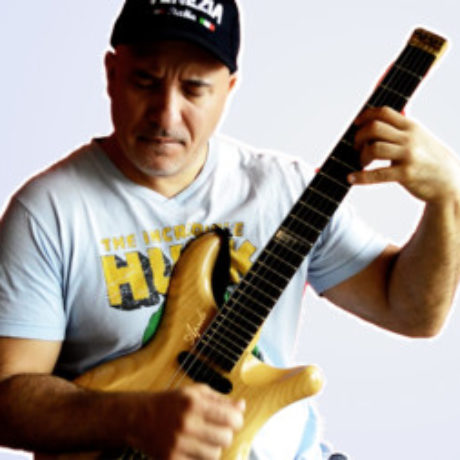Quintal Arpeggios
Course Preview
FREE PREVIEWPlease sign in to track your progress
Sign in to purchase this course
Sign InWhat You'll Learn
- Class includes written materials in standard notation and TAB
- Running time 61 minutes
Sign in to purchase this course
Sign InCourse Content
1. Quintal Arpeggios
1m 1sReviews & Ratings
I am not ashamed to say that I bought this class as soon as I saw it was posted; I have had lots of success with Juampy's classes, and this one is no exception. The material covered is a very natural extension of his previous classes, dealing with clusters and Quartal Harmony, and it gives a clear, well-organized look into Quintal Harmony. The printed materials are considerably more complete and comprehensive than in some of his early classes, and they are most useful when trying to digest this material. His explanations and ideas are clear, logical, and offer real, useable playing techniques. The only thing I would suggest is that since this deals with such open or atonal harmony, having a bass note or bassline to play under his played examples would have made the dissonances easier to hear, but that is a minor point. All in all, this class is well worth the investment.

